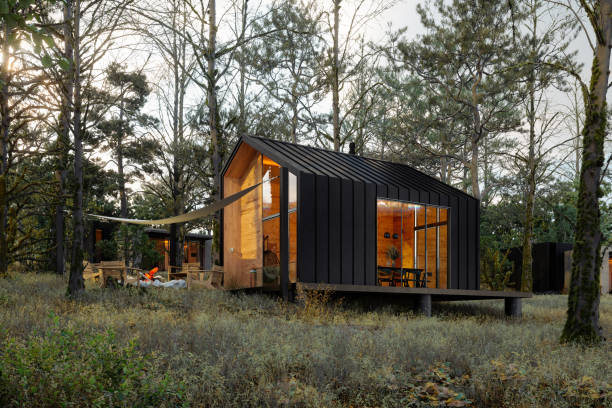"The Allure of Tiny House Living: Reimagining Space Efficiency and Functionality"
In the realm of home design, one trend is currently making waves: the tiny house movement. It's a lifestyle that's about embracing minimalism, redefining comfort, and making every square foot count. But what is it about tiny houses that captivate the modern homeowner? Let's dive in and discover the charm behind these pint-sized abodes.

A Brief History of the Tiny House Movement
The tiny house movement didn’t just happen overnight. Its roots trace back to the 1970s, when authors like Lester Walker started to advocate for simple living in small spaces. The 2008 financial crisis sparked a new wave of interest in tiny homes as a solution to soaring housing costs and increased debt. Today, this movement is not just a trend—it’s a lifestyle that many are embracing globally.
The Appeal of Tiny House Living
Why are homeowners trading expansive living spaces for tiny homes? For many, it’s about financial freedom—the reduced cost of a tiny home allows owners to live debt-free. Others are drawn to the environmental advantages of a smaller footprint. But beyond these practical benefits, the tiny house movement is about a return to simplicity, where less is more, and every item serves a purpose.
The Art and Science of Designing a Tiny Home
Designing a tiny home is a unique challenge, one that requires innovation and an eye for functionality. Space-saving solutions are key—think multipurpose furniture, vertical storage, and cleverly hidden compartments. The use of natural light and mirrors can enhance the sense of space. Despite the size, these homes often exude warmth and comfort, combining style and practicality in a small package.
Tiny House Living: A Glimpse into the Future
As the world grapples with population growth and increased urbanization, the tiny house movement offers a potential solution. It’s a lifestyle that challenges our traditional notion of ‘home,’ prompting us to reevaluate our needs and priorities. The rise of tiny homes may signal a shift towards more sustainable, affordable, and mindful living—a trend that is set to continue in the future.
Conclusion
The tiny house movement is more than just a design trend—it’s a lifestyle choice that reflects our evolving attitudes towards homeownership, sustainability, and consumption. As we continue to explore new ways of living and innovating, tiny homes offer a glimpse into the future of home design. It’s a small world after all, and perhaps it’s time we embraced it.



